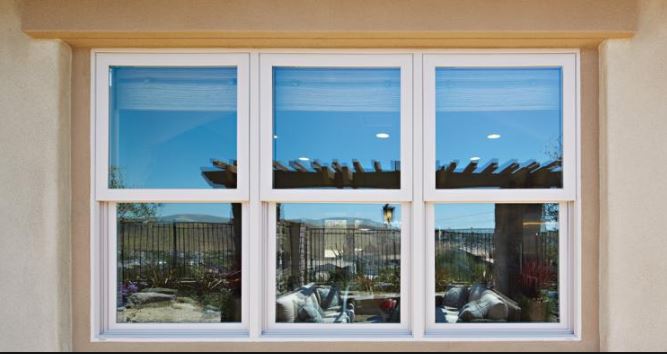Color Psychology 101: How to Pick Shades That Transform Your Home’s Atmosphere
SOURCE: Freepik
Choosing colors for your home is like dressing in outfits that reflect your mood and character. Just as clothing influences how you feel about yourself, the same happens when you enter a room in your home and the colors on the walls, furniture, and decor alter your mood and the way the space feels and functions. Studies suggest every color carries unique psychological effects that impact our emotions, productivity, and the way we perceive any room. For instance, the color blue is known for its soothing nature, and red evokes a vibrant feel. Experts in property management in San Francisco say that homes with well-rounded color choices for each room attract high-paying buyers as it create a home that supports one’s daily activities and emotional well-being.
Therefore, if you’re looking to give the rooms in your home a makeover and want to revel in the science of color selection, this article is for you! From improving focus in your home office to creating a cozy and comfortable environment in your living room, we’ve got you covered. In this guide, we’ll learn the science behind the color palettes and help you make informed choices for each part of your home.
Using Color Psychology Choose Colors that Create the Right Atmosphere in Every Room
- The Power of Neutrals
Neutral colors like beige, gray, and white act as a canvas for other colors to shine. While they have a sacrificing nature, they also play an important role in creating a sense of balance by anchoring the room’s design. Even the property managers in Washington say that neutral hues are universally appealing and increase your property’s resale value as they offer a timeless aesthetic feel. For instance, beige and gray create a cozy and comforting environment, making them ideal for living rooms. If you want a space to feel large, you can use white or its variations such as ivory or greige, as they’re known to amplify light and make any space feel open.
Did you know?
If you own a 1,382 sq. ft. apartment in Washington, you can charge $2,800 from the tenants.
- Warm Tones for Comfort and Energy
Warm colors such as red, orange, and yellow are known for their boldness and full-of-life nature. These shades evoke feelings of warmth, enthusiasm, and positivity. Therefore, add such colors where people gather or where you need energy to perform tasks, such as in the kitchen and dining room. For instance, a soft orange backsplash in the kitchen can encourage conversations, and if you have kids, a bright yellow accent in their playroom can boost their creativity and energy. Additionally, warm tones have a high intensity that makes sure that you either balance them with neutral tones or use them as accent colors.
- Cool Tones for Relaxation
In your home, you’ve spaces such as bedrooms and bathrooms that are meant for relaxation. Therefore, to amplify that vibe, you can introduce cool shades of blue, green, and purple that are known to bring calmness and serenity. Different shades of these colors evoke different feelings. For instance, lighter shades of blue such as sky blue or powder blue, evoke peace and calmness, and darker shades such as navy blue, exude sophistication. On the other hand, green is associated with nature, renewal, or freshness which can be perfect for your home office space as it’ll motivate you to work. To prevent them from feeling col,d pair them with warm colors via wooden furniture or soft fabrics.
Did you know?
In November 2024, the median selling price of a San Francisco home was $1.4 million.
SOURCE: Freepik
- Accent Colors to Add Character
Let’s explore how accent colors add personality and visual interest to your spaces. These colors on the walls or in the decor accessories catch the eye and give your room character. Whether it’s a vibrant rug, a piece of artwork, or a painted feature wall, these accents can transform a plain room and give it an elevated look. For instance, if you’re using neutral hues as a background in your living room, you can consider adding a teal ottoman and mustard yellow cushions to enhance its look. The trick is to ensure that these features catch the eye and don’t overpower the room’s main palette.
- Understand the Light and Color Interaction
Color is affected by the artificial and natural lighting in the room and its dimensions. Its interaction with these factors gives you the final look of your space. Thus, you must consider these before choosing a shade for a space and test it by painting small patches and observing them at different times of the day. Studies suggest that natural light changes the perception of the color throughout the day thus darker shades sit well with rooms that have ample natural light entering them. On the other hand, for a dimly lit room, you can consider lighter, reflective colors like soft pastels or crisp whites, which brighten and open it up.
Final Thoughts
Colors are more than just decoration! Colors are like tools that help you shape your home’s atmosphere and directly support your emotional and practical needs. By using the above-mentioned guide, you’ll be able to choose exactly the hues that reflect your personality and lifestyle and transform your home into a sanctuary.





